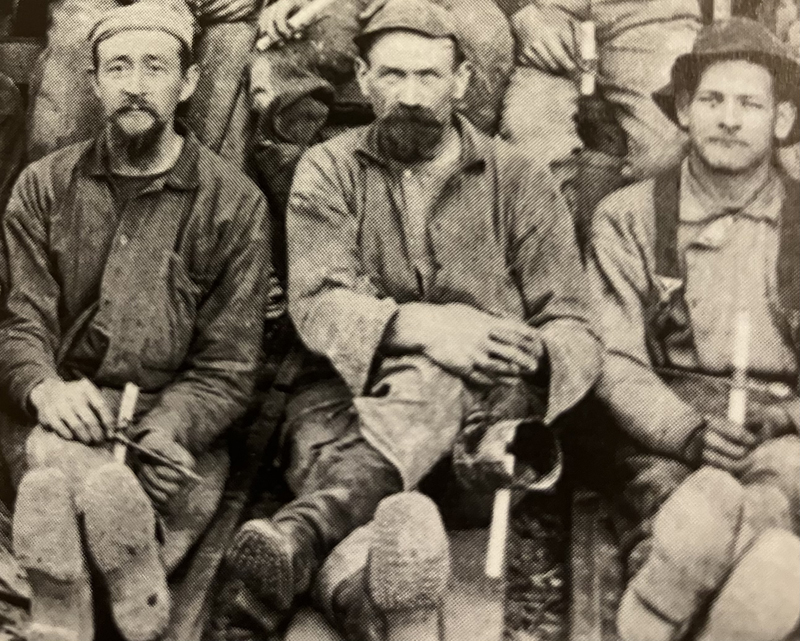Clayton’s mining boom went bust pretty quickly

 CLAYTON, CA (Dec. 30, 2024) — Ancient geological processes have made the Mount Diablo area rich in many types of rock and ores that act as starting points for creating important products.
CLAYTON, CA (Dec. 30, 2024) — Ancient geological processes have made the Mount Diablo area rich in many types of rock and ores that act as starting points for creating important products.
Presently, the Clayton Aggregate Quarry on the south side of the mountain extracts diabase rock, a critical ingredient in concrete mixes used for buildings and roads. In the past, mines in the hills above Antioch yielded coal used as fuel to support the economy of 19th century California.
Not so well-known was the intense interest in copper mining that occurred in Clayton, largely due to the 1860 discovery of copper ore in Copperopolis. That small town in Calaveras County quickly became the largest producer of copper in the western United States as the metal was needed to manufacture munitions and shell casings for the Union Army during the Civil War.
It seemed the small town of Clayton might strike it rich as well.
The price of copper kept rising, and when “a very rich copper lead” was discovered in the foothills near Clayton, as reported by the Contra Costa Gazette in March of 1863, two mining districts were quickly organized and a contract drawn up to build a road up Mitchell Canyon.
Copper Boom
By April, the Gazette estimated about 15 companies and close to 500 people were involved in the copper boom, and Joel Clayton was building a smelting furnace. In May, the paper reported that “the copper excitement in this vicinity continues high and promises rather to increase than to abate.” Joel Clayton held a town lot auction on the 16th in anticipation of a real estate boom.
But, a notice appearing in the March 1864 issue of the Daily Alta reflects the common fate of Clayton copper mines – after the ores of a company in the Mount Diablo Mining District were judged “worthless” and the mine was to be abandoned.
A few mines were laboring on “in hope” in February 1866, but the price of copper had fallen from 55 cents to 19 cents per pound once the Civil War ended in 1865.
In October 1867, the Daily Alta published an article relating a day a reporter spent on Mount Diablo “through the courtesy of” Joel Clayton, describing him as “one of the solid men of the town, and genial withal, who is always very kind and attentive to strangers in search of information.”
The reporter and a neighbor drove a wagon “behind a pair of fast nags” up what was probably Mitchell Canyon to spend the day viewing the tunnels of abandoned mines and examining ore specimens.
The bubble bursts
“Here was a field for thought and romance, and more particularly to holders of Mount Diablo copper stock,” he wrote. “Once upon a time, hundreds of miners were at work in this locality, eager in their search for wealth, but suddenly the bubble burst. Now the mines are deserted, and not a sound can be heard save the moaning of the wind among the pines.”
For more information visit claytonhistory.org. The Clayton Museum is open 2-4 p.m. Wednesdays and Sundays at 6101 Main St.. Admission is free.

Debbie Eistetter
Debbie Eistetter has been a resident of Clayton for almost 30 years. She serves on the Board of the Clayton Historical Society and believes that history shows us the way to a more enlightened present and hopeful future. For more information about the CHS Museum please visit claytonhistory.org
